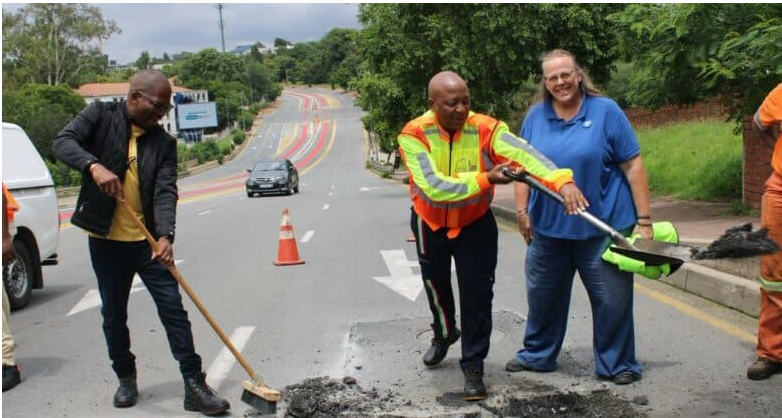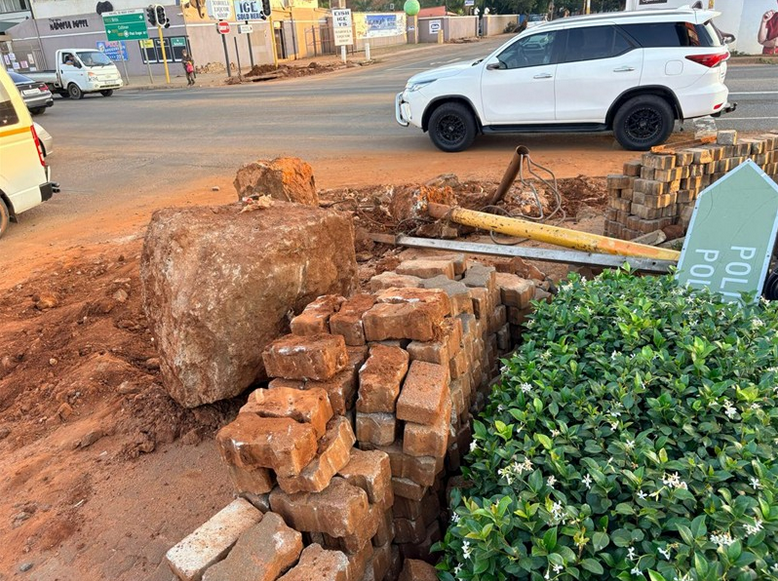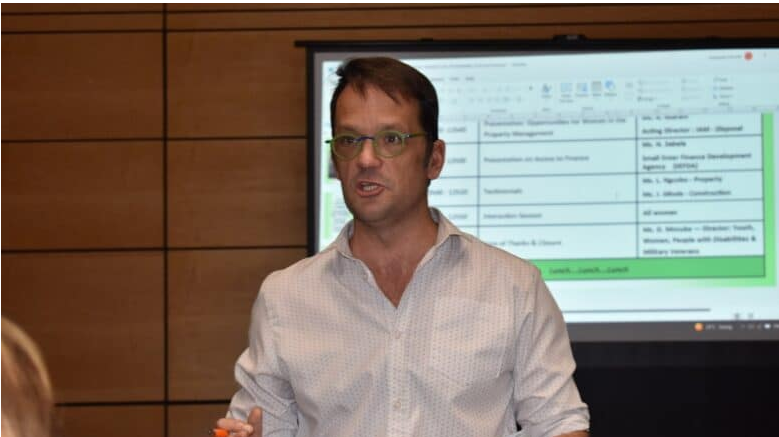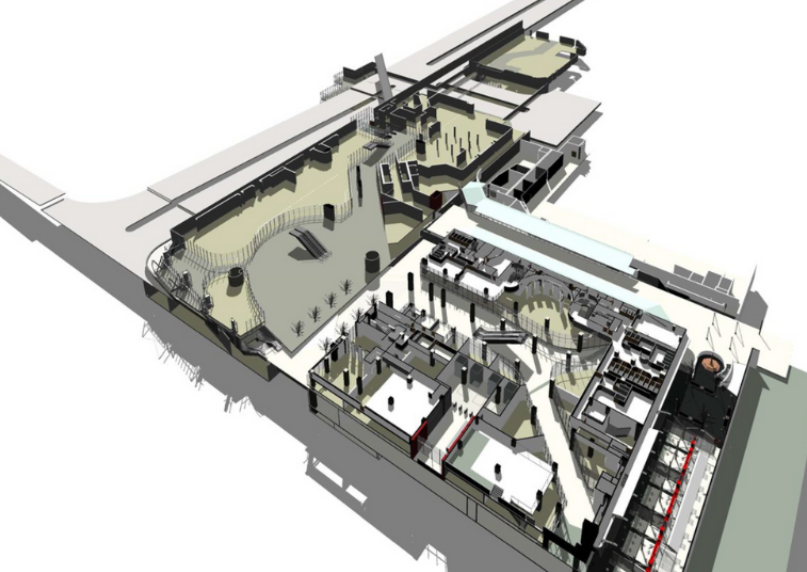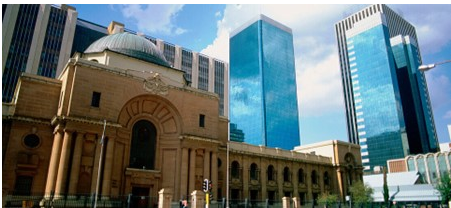Eskom can no longer be allowed to be both poacher and game-keeper of the migration to renewable energy
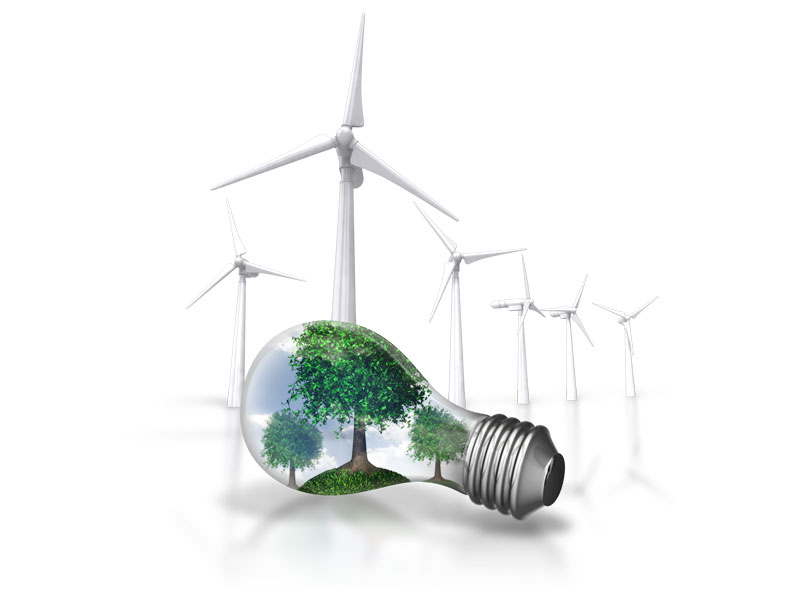
Advertising
02-12-2020
Read : 268 times
Daily Maverick
Source
The cost of renewable energy has declined by up to 80% since 2008, but Eskom is still not fully sold on the idea of ditching coal for power generation. Eskom’s website makes the case for coal and nuclear as ‘the most economical’ and viable ways to generate electricity in South Africa and complains that harnessing sunlight ‘is difficult and expensive’, while wind power is ‘not reliable’.
Eskom’s money problems and power generation challenges look set to continue long term and if South Africa is serious about ditching its coal power fleet in favour of renewables – guaranteed to give the country stability, create jobs and reduce carbon footprint – then the time has come to give independent power producers (IPPs) a bigger role in the economy.
Last week, ratings agency Fitch downgraded Eskom to two levels below junk status. This came on the heels of the country’s downgrade by both Fitch (BB to BB-) and Moody’s (Ba1 to Ba2) on 20 November.
Although Fitch noted in its decision that Eskom’s unbundling of generation, transmission and distribution activities as well as its carbon-reduction efforts were progressing well, it based part of its downgrade decision on the fact that “there is no clarity on the final credit linkages between the three entities and the parent company once this unbundling is complete”. The not-so-small detail of Eskom’s R480-billion debt bill probably also nudged Fitch towards a downgrade decision.
The latest downgrade will further complicate Eskom’s financing plans and place the transition from fossils to green energy on the back burner. I say this for three reasons:
Firstly, Eskom’s liquidity problems have worsened since the start of the Covid-19 lockdown due to a sustained drop in demand. This further constrains its ability to invest in repairs or upgrades. However, Eskom has still been implementing load shedding, even as demand has dropped, ostensibly to carry out maintenance work on some installations. The restructuring programme is also going to require a lot of time and resources, making it difficult for the utility to focus on other priorities, such as setting up or overseeing the development of more renewable power plants.
Secondly, real electricity production has decreased over the years, and even after the problems at Medupi and Kusile are dealt with and the plants are fully brought on stream, total installed capacity is still not expected to meet all of South Africa’s electricity needs.
This places a dark cloud over the economy which the country can ill afford. Resumption of outages after a year of Covid-19-related restrictions will not go down well with anybody. In the midst of the 2019 and early 2020 rolling power outages, companies that require a steady supply of electricity could not hide their exasperation and even demanded to produce their own electricity, forcing President Ramaphosa to recognise that: “For the first time we are now saying let us have self-generation… we are now embracing the fact there are those companies and households that want to generate their own energy… We cannot stop technology, we cannot stop the future from arriving.”
Some businesses are not waiting around for Eskom to get its house in order. Makro, for example, has already installed solar parking canopies in some of its properties. Other businesses, mines and factories, are taking the same route and setting up their own generation capacity.
Thirdly, although the cost of setting up some renewable energy plants has declined by up to 80% since 2008, Eskom is still not fully sold on the idea of ditching its coal-power fleet for renewables and we only need to look at its website to get proof of this. There, Eskom makes the case for coal and nuclear technology as “the most economical” and viable ways to generate electricity in South Africa. They complain that harnessing sunlight “is difficult and expensive”, wind power is “not as reliable as other forms of power” and rivers are “not strong or steady enough to make large-scale hydro generation possible”.
It is full steam ahead with coal, although Eskom recognises that coal releases sulphur dioxide and carbon dioxide which have climate-change effects on the environment. It is not surprising that the parastatal was served with summons on charges of air pollution this week.
South Africa and the rest of the African continent is heating rapidly and the Department of Environmental Affairs has acknowledged this. The country has made commitments, notably through the United Nations Framework Convention on Climate Change (UNFCCC), to significantly reduce the 512 383 Gg CO2e it emits annually. It has also committed to producing 17 800MW of green energy annually by 2030. Current installed capacity for renewable energy is less than 5 000MW.
To get serious about attaining and exceeding the target of 17 800MW of green energy annually by 2030, a number of things need to happen in South Africa.
Renewables ideally require their own promotion and development vehicles to move quickly. For this reason, a separate entity should be set up to supervise renewable energy production. India succeeded in installing 27GW of solar energy capacity in a remarkably short span of time by creating specialised bodies for renewable and solar energy that played a lead role in conceptualising and rolling out different projects. It now takes less than 12 months to set up some renewable power plants from project concept to inauguration thanks to the wealth of experience and knowledge that exists out there. If Eskom has to call all the shots, it makes it really difficult for South Africa to move with any urgency on its milestones.
The South African Renewable Energy Independent Power Producer Procurement Programme (REIPPPP) has to start making a sales pitch to all South Africans and not just private capital, black industrialists and other types of big money. Opportunities should be created for a broad base of South Africans to invest anything from R100 to thousands of rands on rooftop solar systems or even large-scale IPPs in all the provinces. The average South African has never heard about IPPs nor REIPPPP. That has to change.
Let the people own and run the country’s power stations.
Incentives like tax breaks and cash advances that encourage rooftop solar as well as guaranteed contracts for IPPs play a major role in driving the green transition. Investments in these projects are obviously expensive over the short term, but in the long term they will save and make shareholders money.
Government will is also very important. The national and provincial governments should work together to get some projects going. The Moroccan government showed ambition in 2015 when it decided to cut its reliance on fossils by up to 45% by 2020. Within a year, it had launched the large-scale Ouarzazate Solar Power Station. Two years later, phase one of the power station (580MW) was already helping Morocco cut its greenhouse gas emissions by up to 760 000 tonnes per annum. Final installed capacity is expected to be 800MW, providing electricity to more than two million Moroccans.
Some may argue against setting up water-intensive sprawling solar farms in Mpumalanga or elsewhere, but the point here is really the importance of government will. How the IPPs are structured is always up for review.
The continued outsourcing of most of South Africa’s power generation activities to Eskom has to come to an end for the sake of energy stability and faster growth of renewables — and these priorities can no longer be postponed. DM
Recent News
Here are recent news articles from the Building and Construction Industry.
Have you signed up for your free copy yet?
